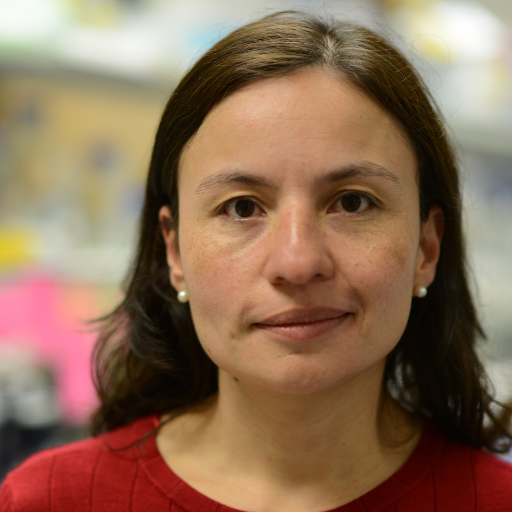Visualizing How Amyloid-Beta Strands Interact in Alzheimer's Disease

About the Research Project
Program
Award Type
Postdoctoral Fellowship
Award Amount
$200,000
Active Dates
July 01, 2023 - June 30, 2025
Grant ID
A2023010F
Acknowledgement
Mentor(s)
David S. Eisenberg, The Regents of the University of California, Los Angeles
Goals
The aim of this project is to use electron microscopy to image the steps of amyloid-beta molecule interactions.
Summary
Amyloid-beta strands interact with each other to form the fibrils that define Alzheimer’s disease and related dementias. The end product is familiar in Alzheimer’s research, but the steps to forming these fibrils remain unclear. David Boyer, PhD, hopes to shed light on this process by using microscopy to capture, for the first time, how the molecules behave during the fibril formation process.
For this purpose, he will use a process that involves rapidly freezing molecules in a way that maintains their structure. Using electron microscopy, which gives a view down to the molecular level, Dr. Boyer will meticulously track each step of fibril formation. To get the clearest possible picture, he plans to tag the amyloid-beta molecules with antibodies that will help trace the structures they form as they interact, from single molecules to fibrils.
If successful, the method will serve two purposes: as a tool for similar studies of the origins of Alzheimer’s disease and related dementias, and as a basis for designing drugs that might target disruption of fibril formation.
Unique and Innovative
The formation of amyloid fibrils in the brains of patients is the defining characteristic of Alzheimer’s Disease and related dementia (ADRD). Experiments detailing the structures of amyloid fibrils have greatly advanced our understanding of ADRD and offer routes to therapeutic development; however, we are currently hindered in the fight to cure ADRD due to the lack of structures of intermediates on the pathway to fibrils – termed amyloid oligomers. My proposal is unique because it aims to use state-of-the-art structural biology techniques to visualize stabilized oligomers for the first time.
Foreseeable Benefits
Upon the completion of my research, my field will benefit by (1) learning the methodology needed to determine oligomer structures, (2) enhanced understanding of amyloid protein folding, (3) new routes to structure-based drug discovery based on oligomer structures. I hope that pioneering a blueprint for amyloid oligomer structure determination will produce similar benefits as learning the structures of amyloid fibrils has for molecular-level understanding and drug design for ADRD.
Grants
Related Grants
Alzheimer's Disease Research
Increase of ADAM10 Protein Expression in the Brain as an Alzheimer’s Disease Therapeutic
Active Dates
July 01, 2024 - June 30, 2027

Principal Investigator
Jaehong Suh, PhD
Increase of ADAM10 Protein Expression in the Brain as an Alzheimer’s Disease Therapeutic
Active Dates
July 01, 2024 - June 30, 2027

Principal Investigator
Jaehong Suh, PhD
Alzheimer's Disease Research
Identifying Therapeutic Targets to Prevent Amyloid Accumulation
Active Dates
July 01, 2023 - June 30, 2025

Principal Investigator
Arun Upadhyay, PhD
Identifying Therapeutic Targets to Prevent Amyloid Accumulation
Active Dates
July 01, 2023 - June 30, 2025

Principal Investigator
Arun Upadhyay, PhD
Alzheimer's Disease Research
Novel Molecules to Tackle Toxic Amyloid-Beta Production in Alzheimer's
Active Dates
July 01, 2023 - June 30, 2026

Principal Investigator
Lucía Chávez-Gutiérrez, PhD
Novel Molecules to Tackle Toxic Amyloid-Beta Production in Alzheimer's
Active Dates
July 01, 2023 - June 30, 2026

Principal Investigator
Lucía Chávez-Gutiérrez, PhD



